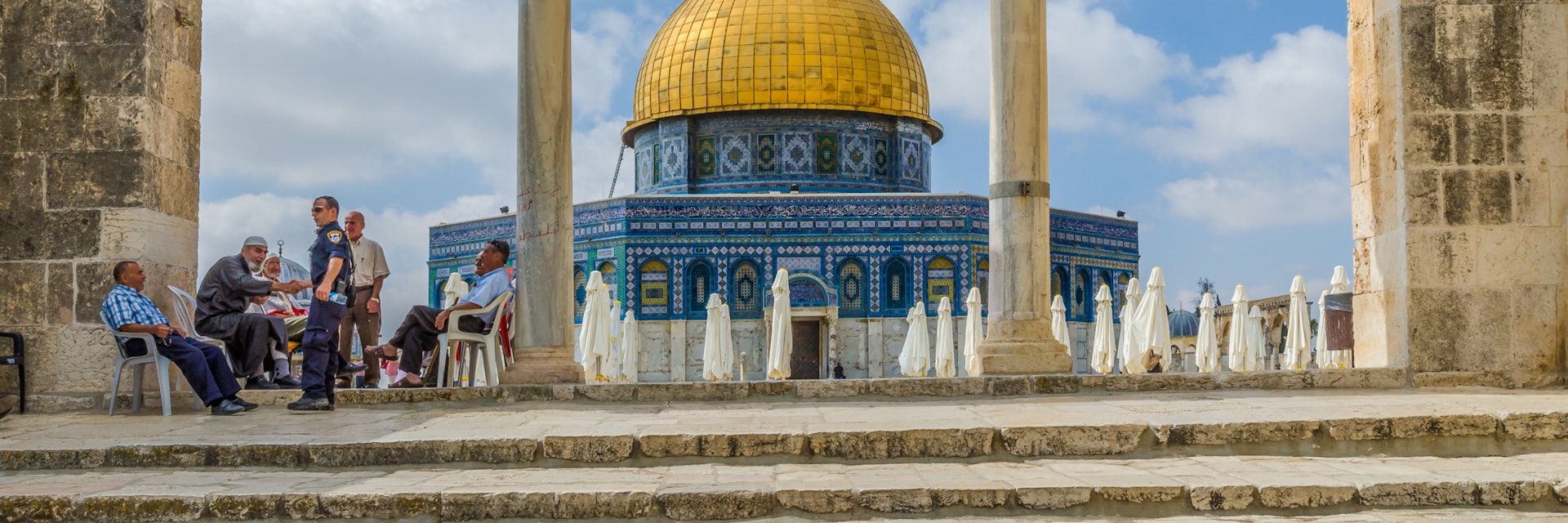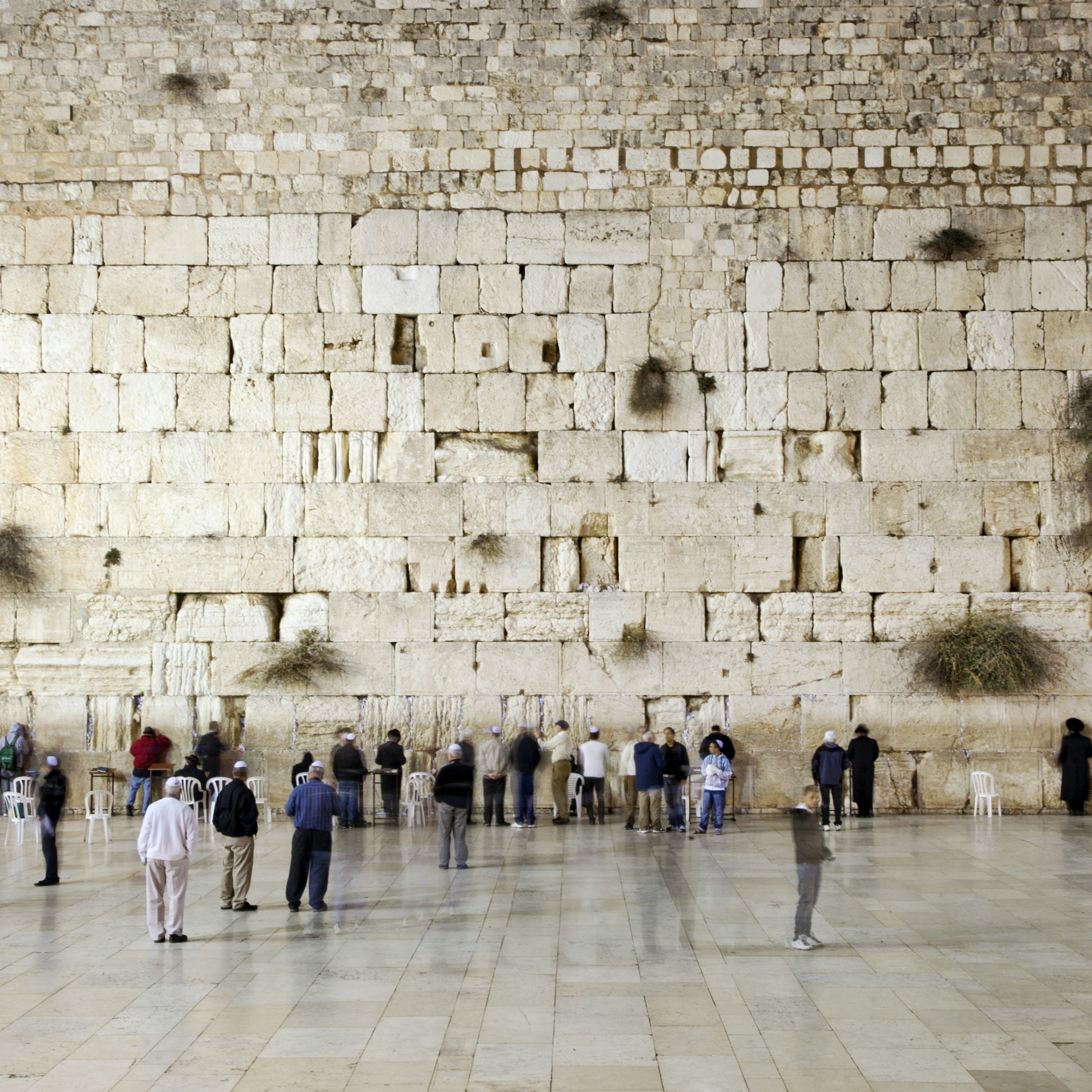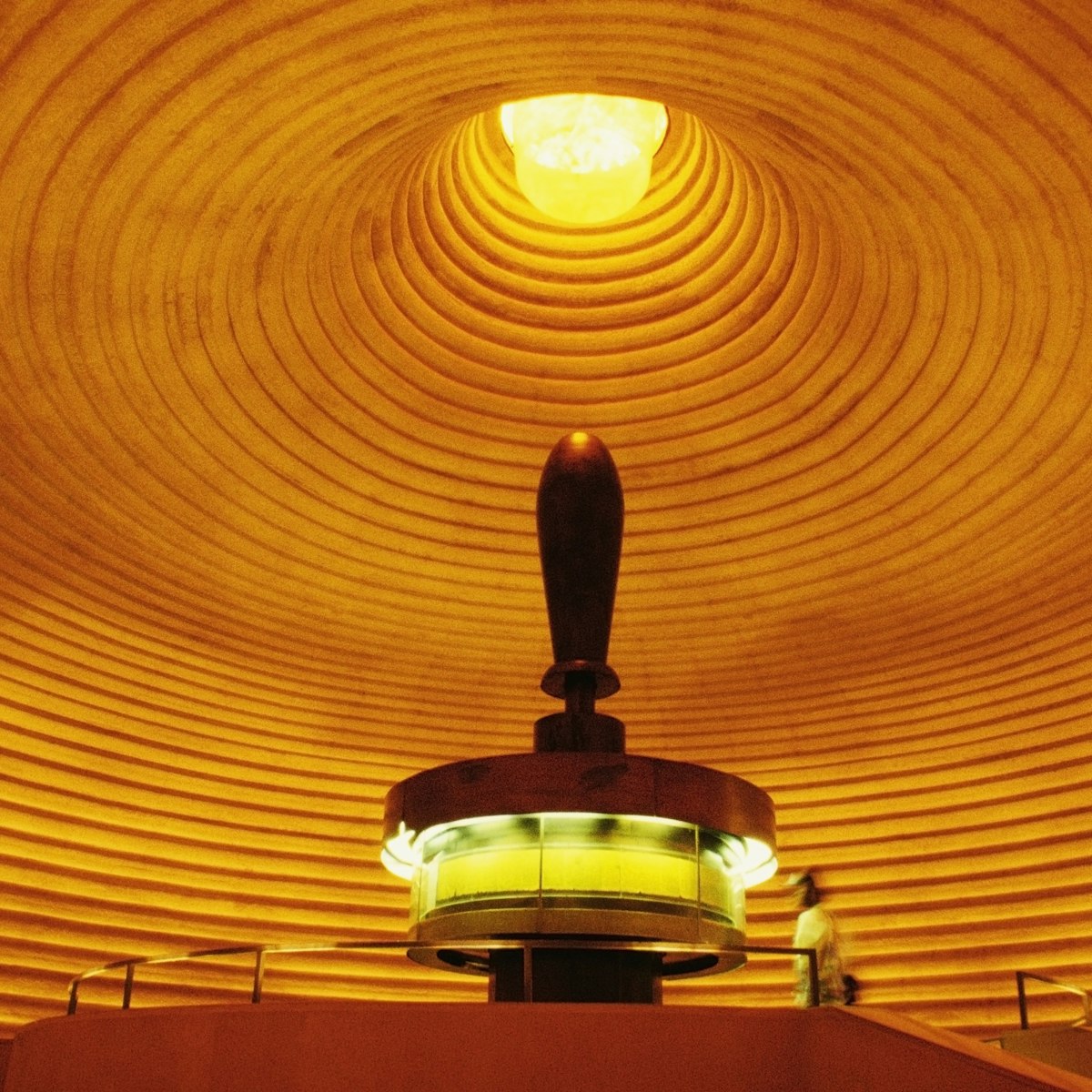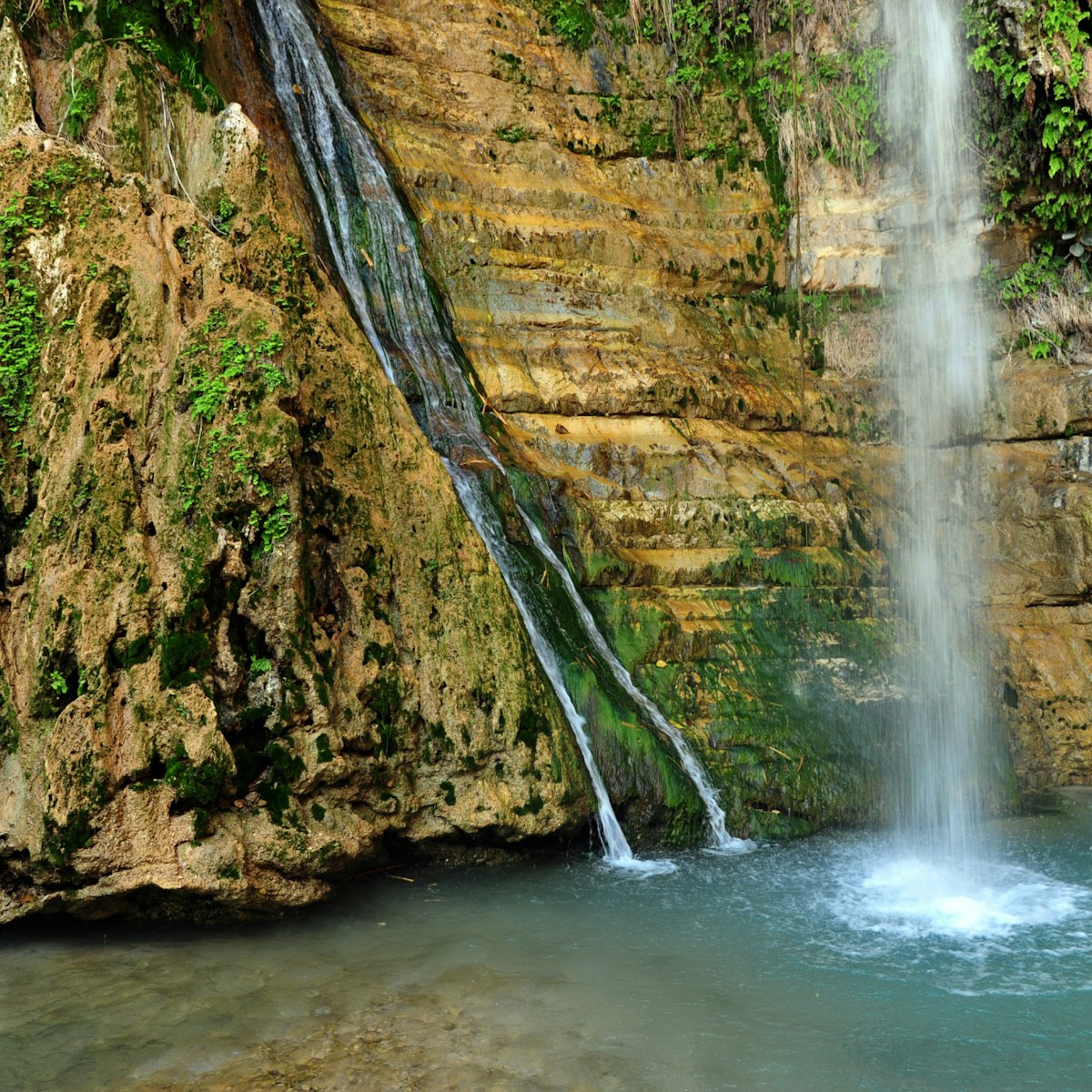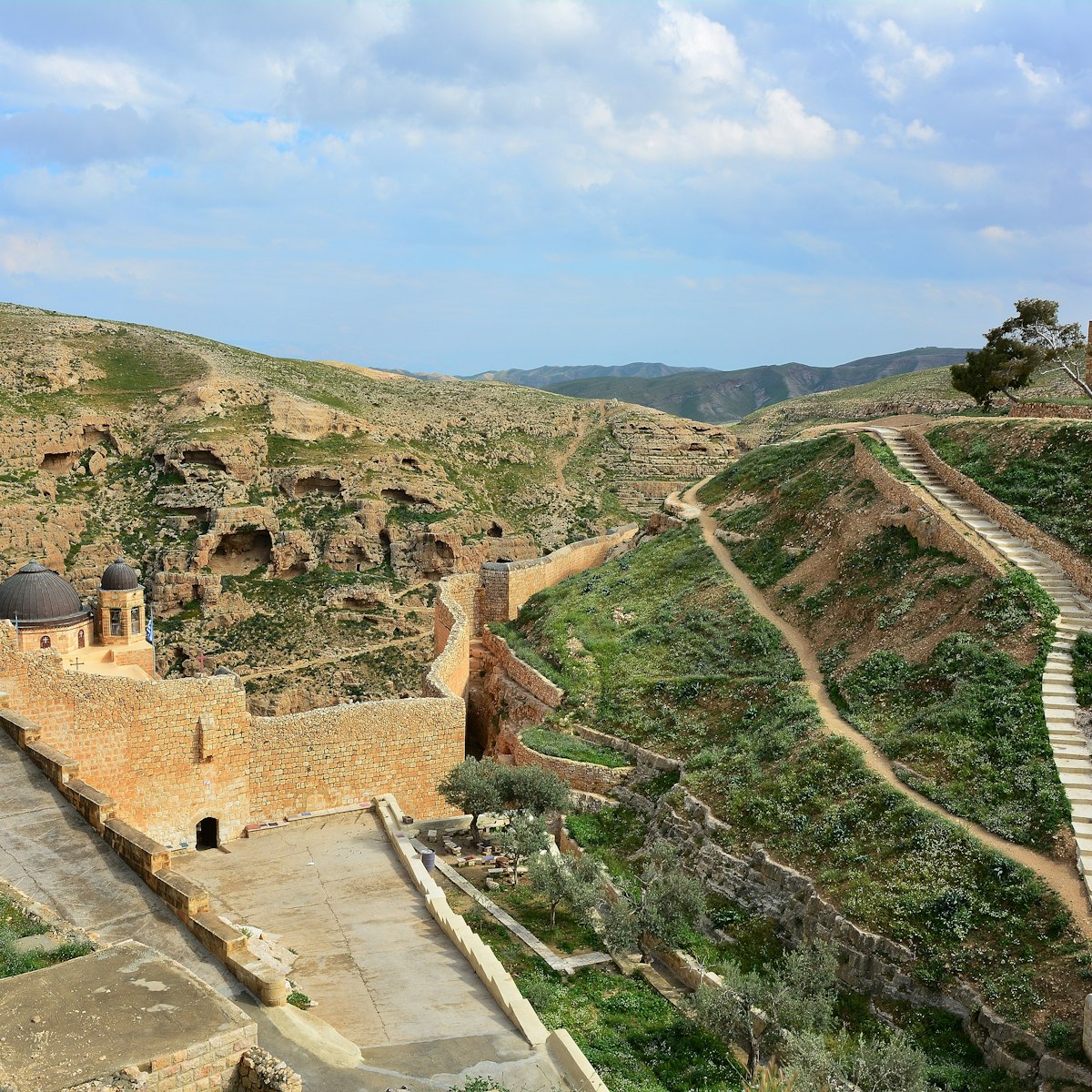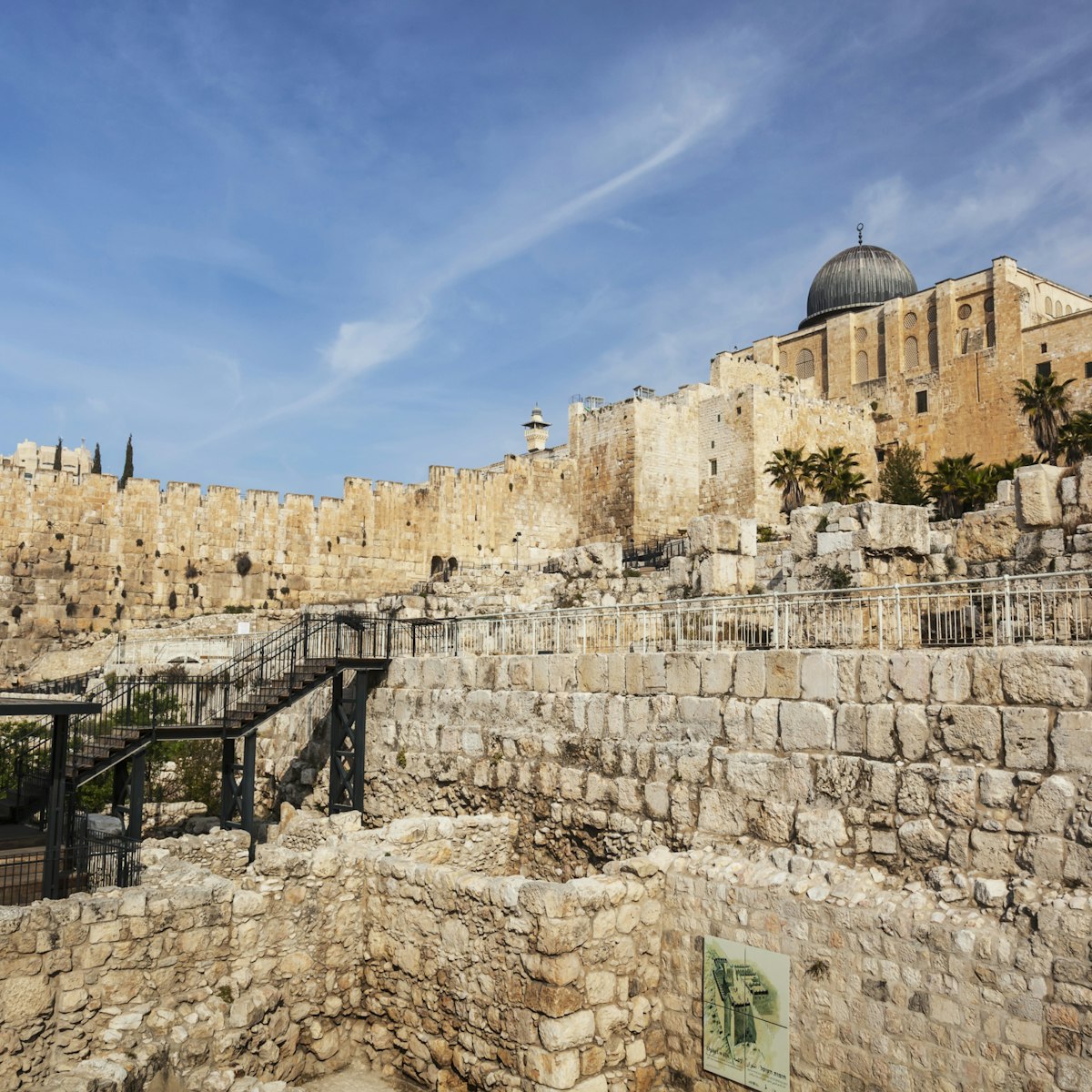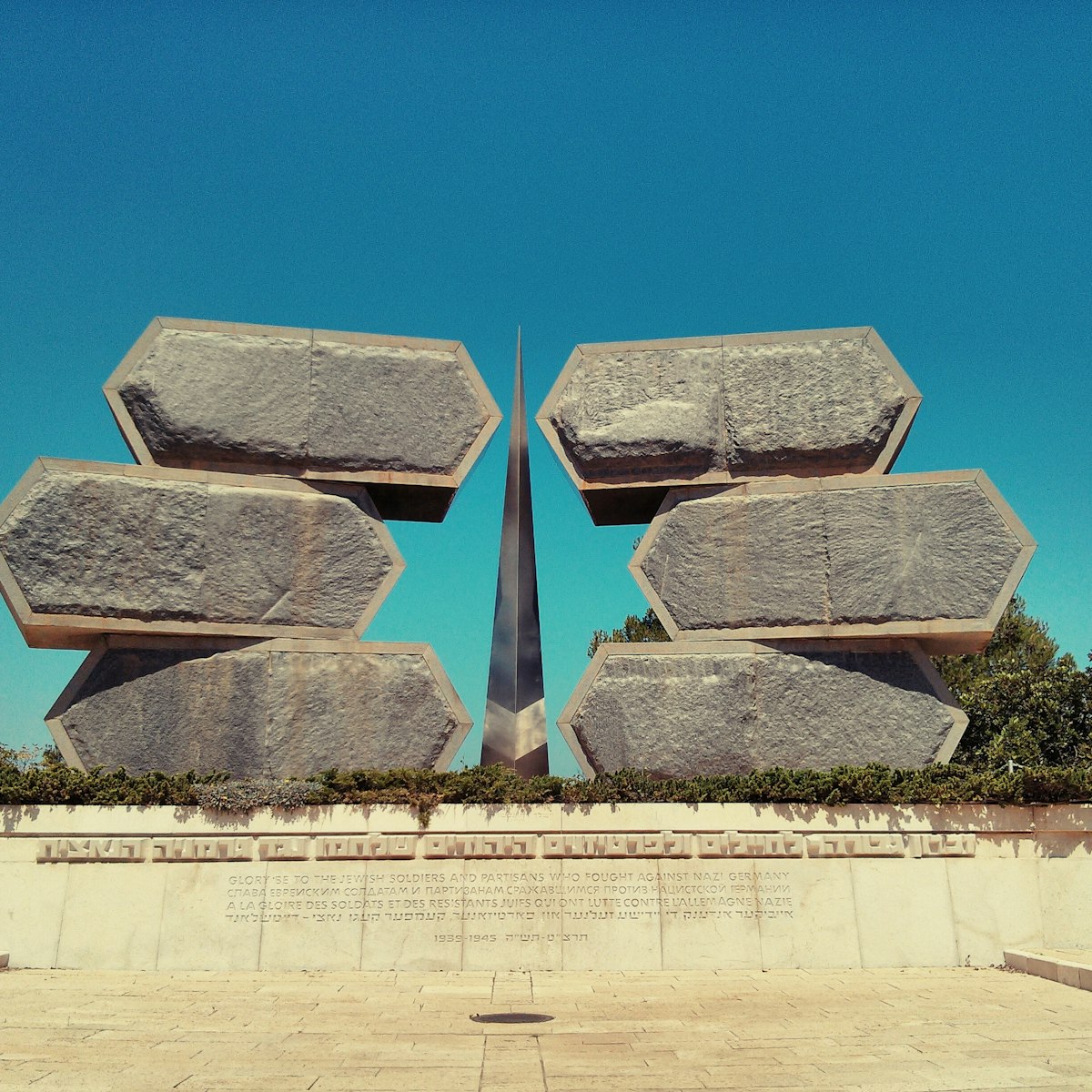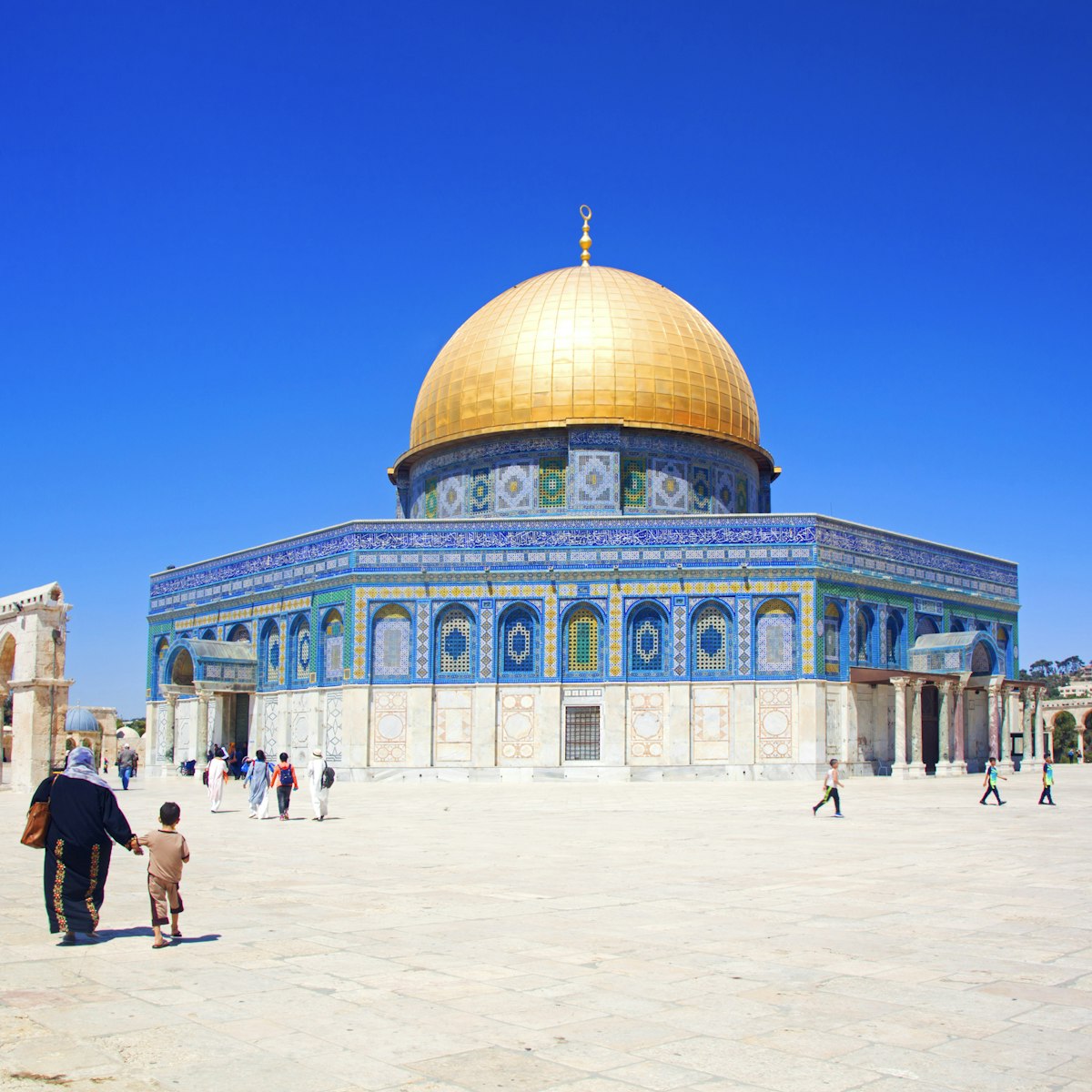There are few patches of ground as holy – or as disputed – as this one. Known to Muslims as Al Haram Ash Sharif (The Noble Sanctuary) and to Jews as Har HaBayit (Temple Mount), this elevated cypress-planted plaza in the southeastern corner of the Old City is home to two of Islam's most sacred buildings – the Dome of the Rock and Al Aqsa Mosque – and is revered by Jews as the location of the First and Second Temples. Queue early and dress appropriately.
For visitors uninvolved in the politics of the site, Temple Mount/Al Haram Ash Sharif is a place for silent awe – after the initial queues and thorough security checks, that is. The flat, paved area spreads across 140 acres, fringed with attractive Mamluk buildings and with the Dome of the Rock positioned roughly in its centre. Walking around this storied site is a true contrast to the noise and congestion of the surrounding alleyways. Today, the compound is the biggest public space in East Jerusalem, so along with praying, children come to play football and adults come to relax.
The Talmud states that it was here, on a large slab of rock protruding from the ridge of Mt Moriah, that God gathered the earth that was used to form Adam and that biblical figures such as Adam, Cain, Abel and Noah all performed ritual sacrifices. The most well-known account appears in Genesis (22:1–19): as a test of faith, Abraham was instructed by God to sacrifice his son Isaac, but at the 11th hour, an angel appeared and a ram was sacrificed instead. The Bible states that David later erected an altar here (Samuel 24:18–25).
Although no archaeological traces have been found in situ (and it is unlikely that any will ever be found; excavations are out of the question because of religious sensitivities), Solomon is said to have erected the First Temple on the site of David's altar. The Talmud says that Solomon's temple took 7½ years to complete, but for reasons unknown it stood unused for 13 years. When it was finally consecrated, Solomon placed the Ark of the Covenant inside and celebrated with a seven-day feast.
After weathering a number of raids, the Temple was destroyed in 587 BCE by Nebuchadnezzar II of Babylon. Initially rebuilt by order of Zorobabel, who had been made governor of Judea by Cyrus II after the Persian defeat of the Babylonians, it was then replaced by a largely new and much-extended Second Temple, built by order of Herod the Great (r 39–4 BCE). Herod upgraded the site by building a wall around the mount and filling it with rubble, levelling off the enormous plaza that can be seen today. The biggest of the stones holding up Temple Mount (eg in the Western Wall) weigh more than 500 tonnes.
Jews coming to Temple Mount approached from the south. Pilgrims were required to enter a mikveh (Jewish ritual bath) for purification purposes before ascending the steep steps; one of these has been preserved in the nearby Jerusalem Archaeological Park. Inscriptions on stones warned that any gentile entering the mount would do so on pain of death. Only the high priest could enter the inner sanctum of the Temple; he did so once a year on Yom Kippur.
Any civic improvements made by Herod were for naught, however, as the Second Temple was almost totally destroyed by the Romans in 70 CE.
Despite the destruction they had wrought, the Romans, too, felt a spiritual affinity for Temple Mount and erected a temple to Zeus that was later turned into a Christian church.
Fast forward to the mid-7th century in Mecca, in what is now Saudi Arabia, where the Prophet Muhammad is believed to have announced to his fellow Meccans that in a single night he had travelled to the ‘farthest mosque’ and led other prophets in prayers. Although Muhammad did not mention Jerusalem by name, the farthest mosque was interpreted to be at Al Haram Ash Sharif, thus making Jerusalem a holy place for Muslims (in fact, Islam’s third-holiest place after Mecca and Medina). The site was left desolate under the Byzantines, for whom its religious significance was waning. But when Caliph Omar accepted the surrender of the city in 638 CE, his interest in Temple Mount/Al Haram Ash Sharif was immediately obvious, and he set about erecting a simple mosque. This was later replaced by the Dome of the Rock (c 691 CE) and Al Aqsa Mosque (c 705–15 CE).
Below the surface of the pavement 19th-century explorers discovered more than 30 cisterns, some of them 15m to 20m deep and up to 50m long. Because of religious prohibitions, no one is is allowed into these today.
Immediately following the 1967 Six-Day War, Israeli commander Moshe Dayan handed religious control of Temple Mount/Al Haram Ash Sharif to Jerusalem’s Muslim leaders. Their control of the mount has never gone down well with fervently nationalist Jews, and there have been a number of protests and violent incidents, including failed plots to blow up Muslim holy sites in the early 1980s. Many Orthodox Jewish authorities forbid Jews to visit Temple Mount because they may inadvertently tread on the sacred ground on which the Temple's innermost sanctuary once stood.
Non-Muslim prayer remains forbidden, and opening hours for non-Muslims are limited.
